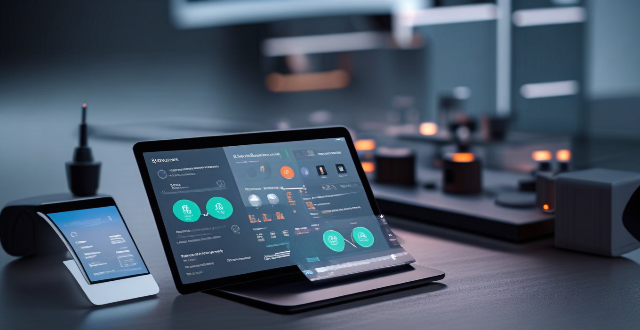HarmonyOS, developed by Huawei, is a microkernel-based distributed operating system designed for various devices like smartphones, tablets, and smartwatches. It offers features such as a distributed architecture, performance optimization, strong security measures, open-source development, compatibility with Android apps, customizable UI, multi-language support, expanding ecosystem, regular updates, and integration with Huawei services. HarmonyOS works by creating a unified platform that allows different devices to communicate and share resources efficiently through distributed technology.

What is Huawei HarmonyOS?
HarmonyOS, also known as HongMeng OS, is a microkernel-based distributed operating system developed by Huawei. It is designed to be used across a wide range of devices and platforms, including smartphones, tablets, smartwatches, TVs, and even in-car systems. The goal of HarmonyOS is to create a seamless user experience across all these devices.
Key Features of Huawei HarmonyOS:
1. Distributed Architecture: HarmonyOS uses a distributed architecture that allows for the creation of a shared resource pool between different devices. This means that users can easily switch between devices without losing their progress or data.
2. Performance Optimization: HarmonyOS is optimized for performance on low-power devices, making it ideal for use in wearables and other IoT devices.
3. Security: Huawei has placed a strong emphasis on security with HarmonyOS, implementing various security features such as secure boot, trusted execution environment, and more.
4. Open Source: HarmonyOS is an open source platform, which means that developers can contribute to its development and improve its functionality over time.
5. Compatibility with Android Apps: HarmonyOS is compatible with most Android apps, which makes it easier for users to transition from Android to HarmonyOS without losing access to their favorite apps.
6. Customizable User Interface: HarmonyOS offers a customizable user interface that allows users to personalize their devices according to their preferences.
7. Multi-language Support: HarmonyOS supports multiple languages, making it accessible to users around the world.
8. Ecosystem Expansion: Huawei is actively expanding its ecosystem by partnering with third-party developers and manufacturers to create more compatible devices and applications for HarmonyOS.
9. Regular Updates: Huawei provides regular updates for HarmonyOS to ensure that users have access to the latest features and security patches.
10. Integration with Huawei Services: HarmonyOS integrates seamlessly with Huawei's services, such as Huawei Mobile Services (HMS), providing users with a comprehensive suite of tools and services.
How does HarmonyOS work?
HarmonyOS works by creating a unified platform that allows different devices to communicate and share resources efficiently. This is achieved through the use of distributed technology, which enables devices to connect and collaborate seamlessly. For example, if you are watching a video on your smartphone and then switch to your smart TV, the video will continue playing on the TV without any interruption. Similarly, if you receive a call on your smartphone while wearing your smartwatch, you can answer the call directly from your watch.
In conclusion, Huawei HarmonyOS is a versatile operating system that aims to provide a seamless user experience across multiple devices and platforms. With its focus on performance, security, and compatibility, HarmonyOS has the potential to become a major player in the global operating system market.